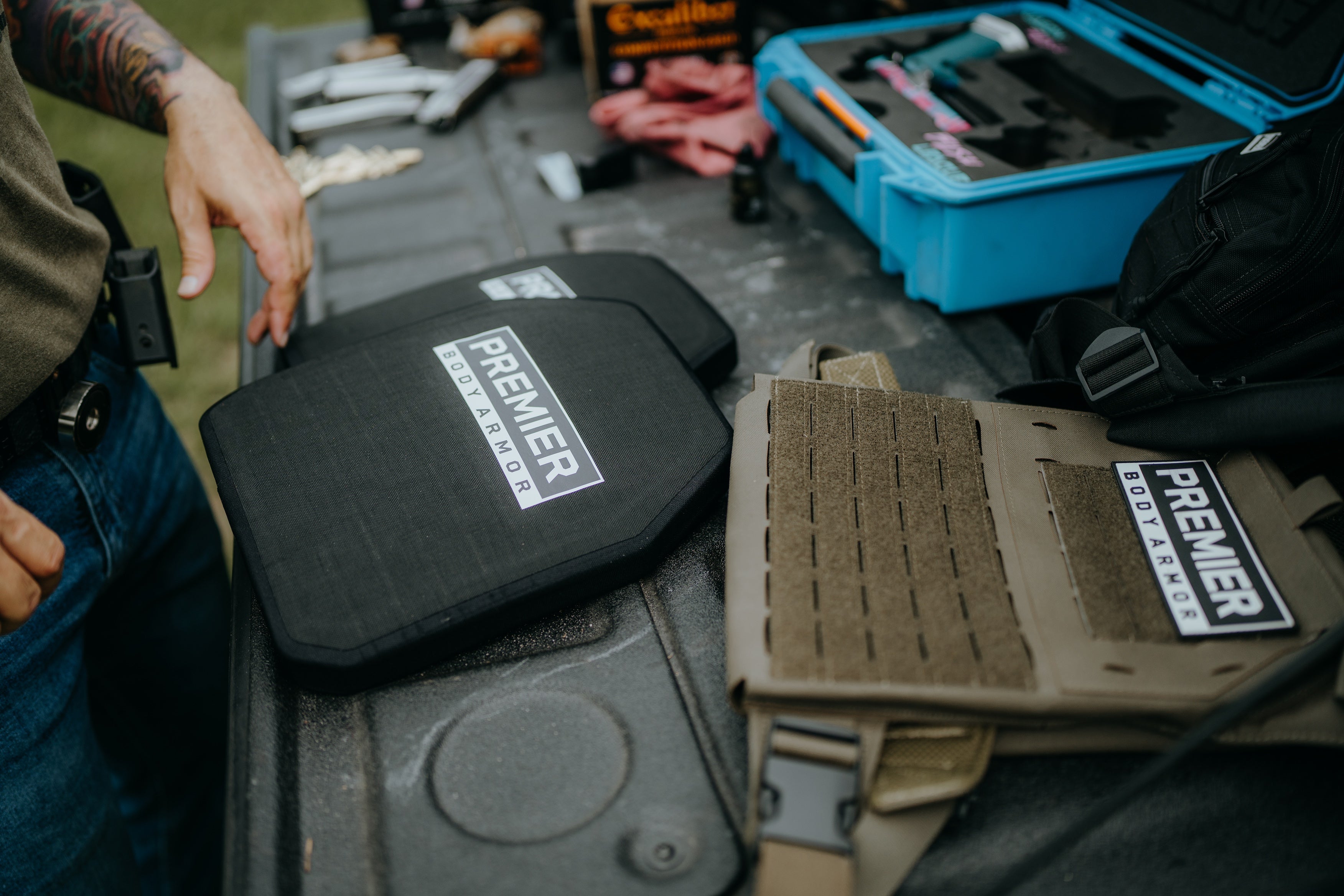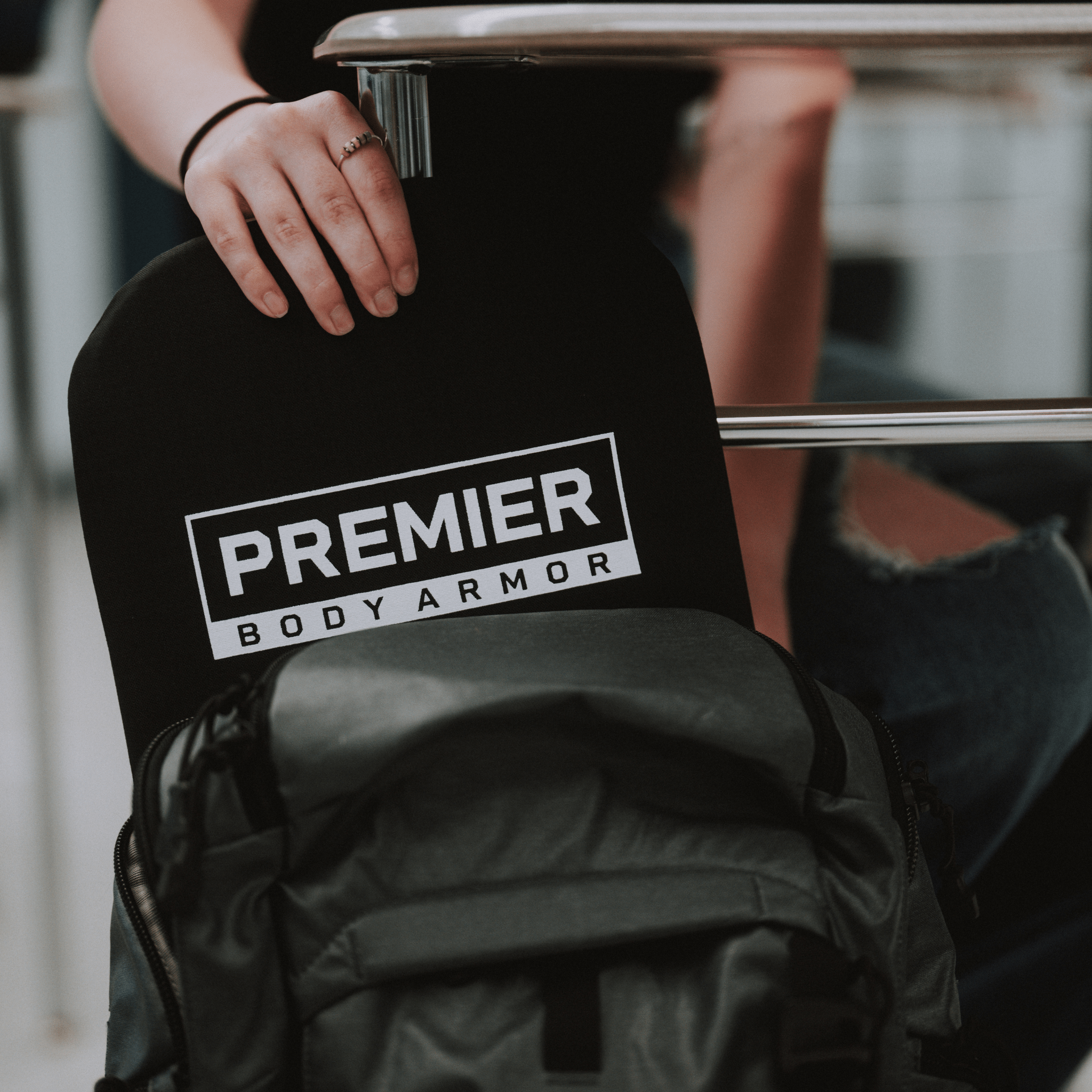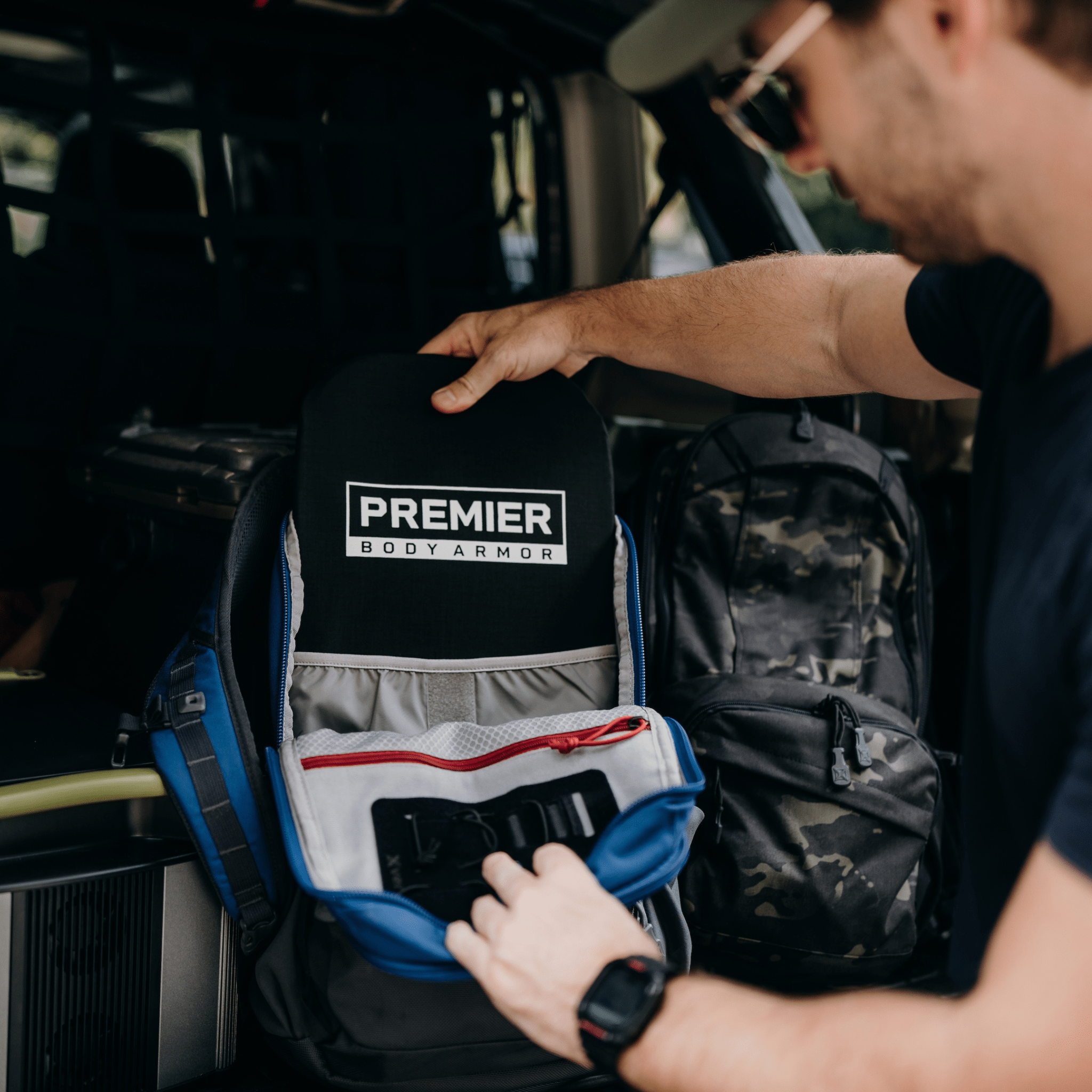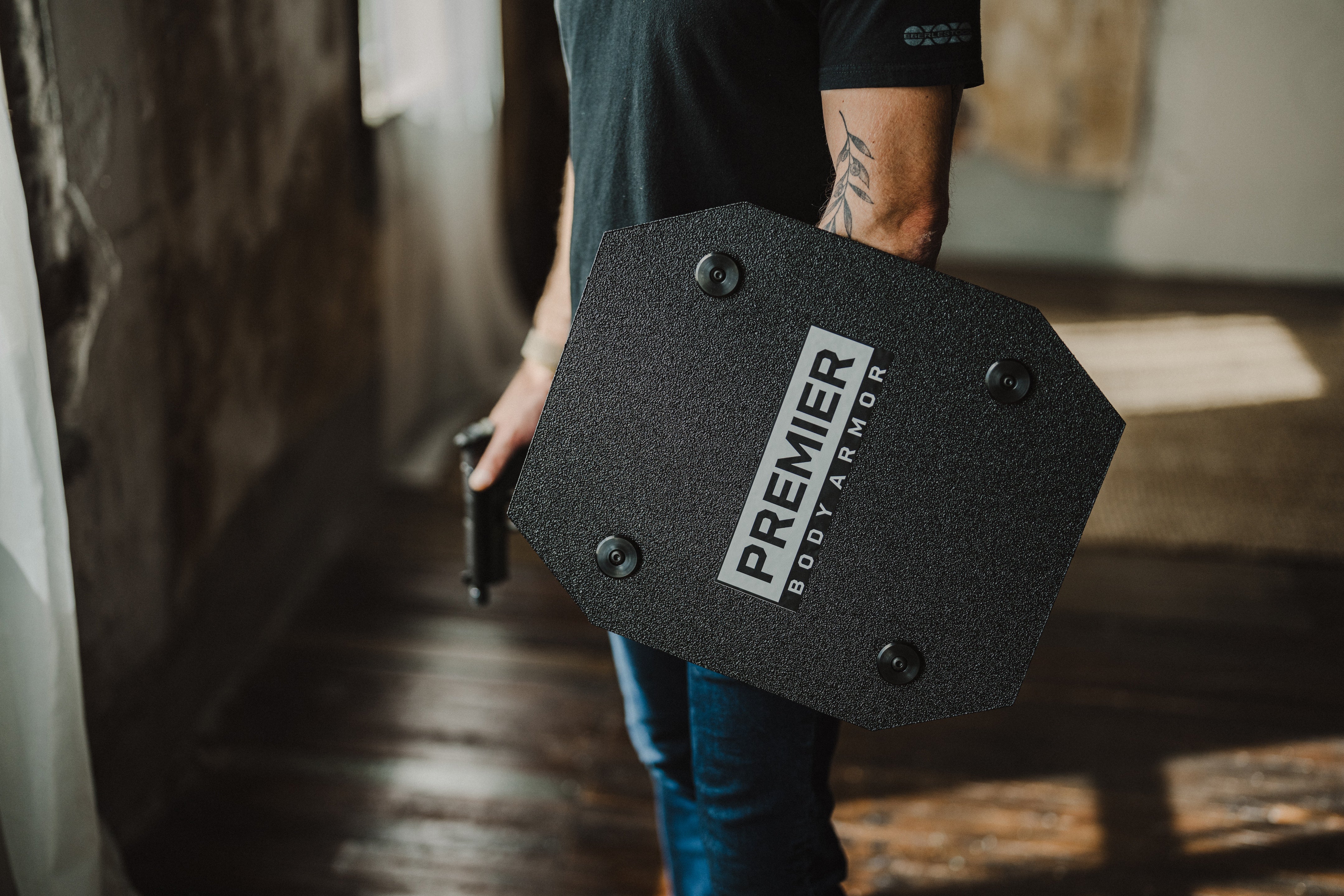Low Light Shooting: Techniques, Drills, and Benefits
In real-world self-defense scenarios, you don’t get to choose the lighting. From midnight home intrusions to dimly lit parking garages, danger often shows up when visibility is at its worst. That’s why low light shooting drills are a critical part of training for anyone serious about personal protection, concealed carry, or home defense.
The drills and techniques below are designed to help you:
-
adjust to the visual and physical stress of darkness
-
use a flashlight effectively with your handgun
-
run a proven low-light shooting drill that improves real-world readiness
Whether you’re a civilian protector, veteran, or tactically minded homeowner, learning how to shoot in the dark gives you a major edge when the lights go out.
The Purpose of Low Light Shooting Drills
Low light shooting drills train you to navigate darkness, both mentally and physically. In these conditions, shadows hide movement, visual cues vanish, and your natural instincts slow down. Traditional range training, under bright lights and static targets, doesn’t prepare you for that.
Instead, low light pistol shooting drills teach you to:
-
balance flashlight use with firearm control
-
positively identify your target before you engage
-
maintain awareness of your surroundings without tunnel vision
These drills also emphasize light discipline; learning when to illuminate, when to go dark, and how to avoid flagging non-threats like family members or bystanders.
Just as importantly, they help you understand how your gear behaves in darkness. Poor ergonomics, complicated switches, or underpowered lights become obvious during reps, when it’s still safe to fix them.
Want to increase your everyday readiness? Check out our complete guide to staying safe in everyday life.
The Benefits of Flashlights in Low Light Environments
Whether it’s a blackout at home or a threat in a parking lot, a flashlight becomes one of the most important tools in your defensive setup. A quality handheld or weapon-mounted light lets you:
-
positively identify threats
-
move safely through unknown areas
-
make confident shoot/no-shoot decisions
This isn’t just about seeing; it’s about controlling what you see and when. Proper use of light gives you an information advantage while limiting what an attacker can see about you.
That’s why learning how to hold a flashlight and a gun correctly matters. With the right technique, you’ll maintain muzzle control, avoid tunnel vision, and support accurate shooting with a flashlight, especially under pressure. It also reduces shooter fatigue and allows for shooting with a flashlight more accurately, especially when transitioning between targets or moving through confined spaces.
Without proper light discipline, you risk overexposing your position, missing critical details, or reacting too slowly. Good light discipline buys you time, clarity, and control.
Different Flashlight Holding Techniques
There’s no universal best method when it comes to flashlight shooting techniques. Your hand size, light type, and environment all affect what works best. The key is consistent practice.
If you’re wondering how to shoot a gun holding a flashlight, the techniques below are a great place to start. Try each one during your next range session and find the grip that feels most stable, repeatable, and fast under pressure.
Ayoob Flashlight Technique
The Ayoob flashlight technique involves holding the flashlight in the support hand and pressing the backs of both hands together for support. This method allows for a close-to-body grip, helping you stabilize the firearm while maintaining light control. It’s an excellent option for shooters with smaller hands or limited strength.
FBI Flashlight Technique
The FBI flashlight technique positions the light 12–18 inches away from your body, usually above eye level. This creates a “floating light” effect that draws attention away from your core and helps preserve your night vision. It’s a solid choice when using cover or moving through open spaces.
Harries Flashlight Technique
With the Harries flashlight technique, the flashlight’s support hand is braced under the firing hand’s wrist. This method provides a stable shooting platform and is especially useful with larger flashlights. It works well in situations where you can assume a consistent stance, such as in a hallway or doorway.
Chapman Flashlight Technique
The Chapman flashlight technique is similar to a traditional two-handed grip. The support hand holds the flashlight like a syringe, pressed against the inside of the firing hand. This allows for precise aim and easy transitions between targets, but works best with a flashlight with a side switch or momentary activation button.
Neck Index Flashlight Technique
In the neck index flashlight technique, the flashlight is held near the cheek or neck area, illuminating where the head is pointed. This technique provides a consistent reference point and is helpful in confined spaces. It also allows quick movement and precise sight alignment.
Example of an Effective Low-Light Shooting Drill
A focused low-light shooting drill is one of the most practical ways to reinforce your skills. Here’s an example adapted from Recoil’s Lights Out drill.
Drill setup:
-
Use a full-size silhouette or IDPA-style target at 5–7 yards
-
Begin in a safe, dark (or dim) environment with your firearm and flashlight holstered
-
On command or timer beep, draw your flashlight first and identify the target
-
Activate light, then draw and fire two rounds center-mass
-
Reassess surroundings, scan for additional threats, and safely re-holster both tools
This drill helps reinforce how to hold a flashlight and pistol simultaneously, control the light, and shoot accurately under pressure. For best results, rotate through different flashlight techniques in each repetition to build familiarity with each method. Run the drill clean before adding speed; accuracy degrades fast in the dark.
Conclusion
Low-light situations are some of the most unpredictable and undertrained scenarios in defensive shooting. Adding low light shooting drills to your routine builds the muscle memory and confidence needed to react fast, when you can’t rely on sight alone.
Whether you carry every day or just want to protect your home, learning how to manage a flashlight, identify targets, and maintain accuracy in the dark is a must.
Make sure your gear is ready too. From discreet body armor to other accessories, explore Premier Body Armor’s full lineup of tools that help you stay prepared in any condition.










Leave a comment